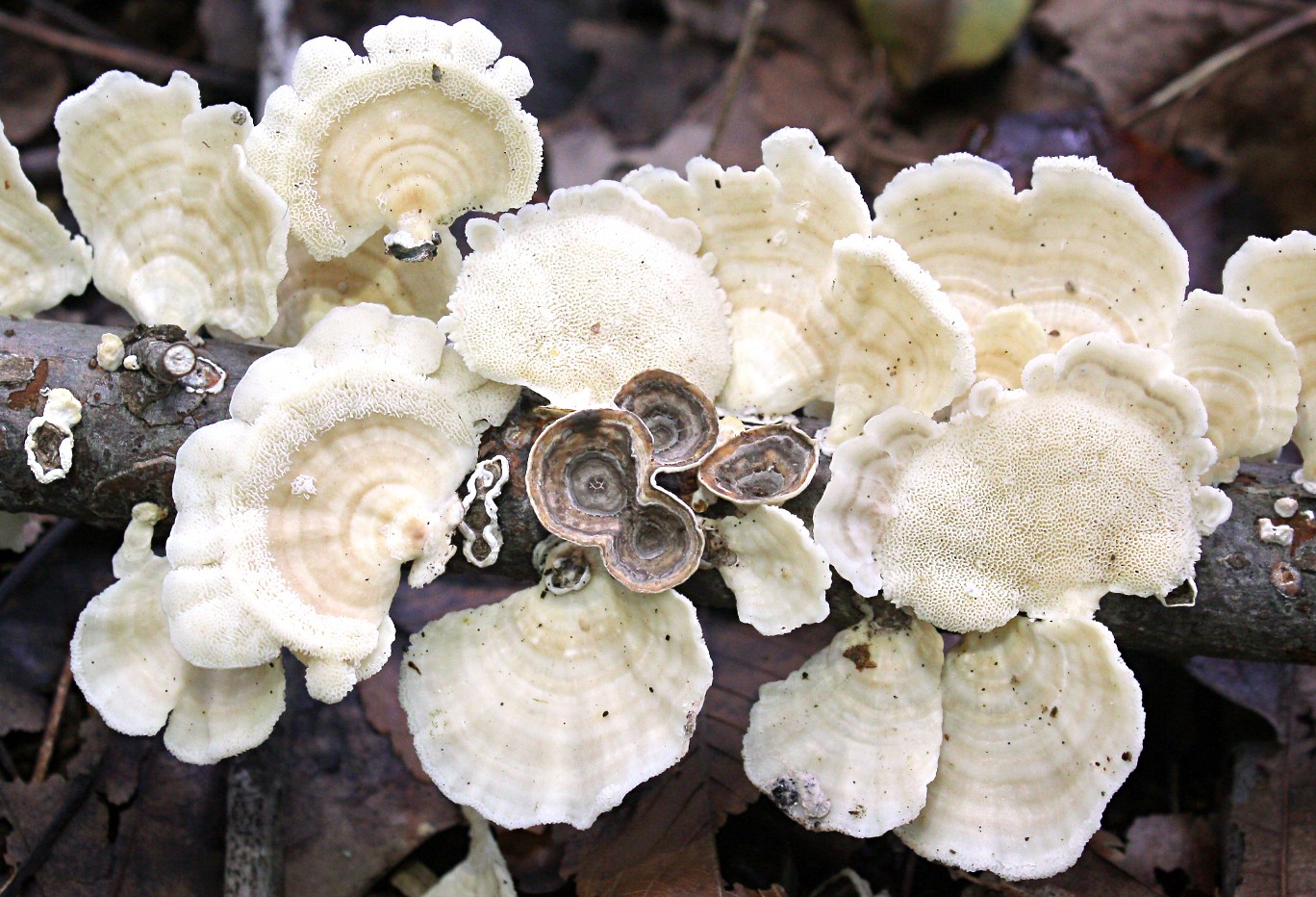Poronidulus
Scientific name: Poronidulus
Poronidulus
Scientific name: Poronidulus
 Photo By Jimmie Veitch (jimmiev) , used under CC-BY-SA-3.0 /Cropped and compressed from original
Photo By Jimmie Veitch (jimmiev) , used under CC-BY-SA-3.0 /Cropped and compressed from original Description
Poronidulus is a fascinating group of fungi known for their unique pore structures. They belong to a family where many members grow on wood and help decompose dead trees, returning nutrients to the forest ecosystem. Poronidulus species produce small, mushroom-like fruiting bodies that can resemble tiny cups or discs. These fruiting parts often have intricate designs and come in various shades, making them particularly intriguing for nature enthusiasts and mycologists.
Species of Poronidulus
Scientific Classification
Phylum
Club fungi Class
Mushroom-forming fungi Order
Shelf fungi Family
Polyporaceae Genus
Poronidulus